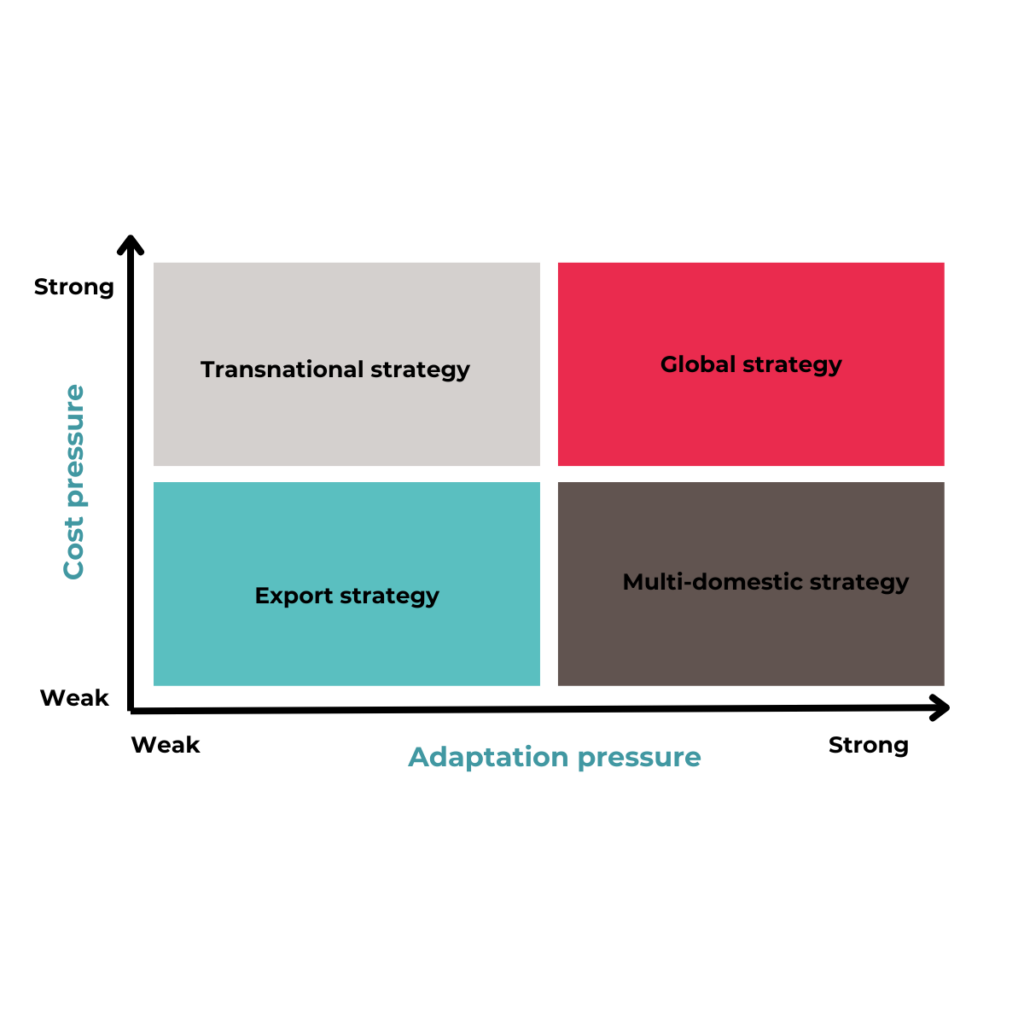Finding Harmony: Cultural Adaptation in Global Markets
In today’s interconnected world, businesses are increasingly expanding their operations globally. This expansion brings with it a multitude of challenges, one of the most significant being the need to strike a balance between cultural adaptation and standardization. Finding harmony between these two competing forces is crucial for the success of any company looking to thrive in the global marketplace.
Cultural adaptation is the process of modifying products, services, and marketing strategies to fit the cultural norms and preferences of a specific target market. This approach recognizes the diverse backgrounds, beliefs, and values of consumers around the world and seeks to tailor offerings accordingly. By adapting to local customs and traditions, businesses can build trust and establish meaningful connections with customers in foreign markets.
On the other hand, standardization involves maintaining uniformity and consistency across all markets. This approach focuses on streamlining operations, reducing costs, and ensuring brand consistency. While standardization offers efficiency and economies of scale, it runs the risk of ignoring cultural nuances and alienating consumers who value authenticity and local relevance.
So how can businesses find harmony between cultural adaptation and standardization in global markets? One approach is to adopt a glocalization strategy, which combines elements of both localization and standardization. Glocalization allows companies to preserve the core essence of their brand while also customizing products and services to meet the unique needs of different markets.

Image Source: primetarget.tech
For example, international fast-food chains like McDonald’s and KFC have successfully glocalized their menus by offering region-specific items alongside their global favorites. In India, McDonald’s offers the McAloo Tikki Burger, a vegetarian option tailored to the country’s predominantly vegetarian population. This approach allows the company to cater to local tastes while maintaining its global brand identity.
Another way businesses can find harmony is by conducting thorough market research and engaging with local communities to gain a deeper understanding of cultural nuances and consumer preferences. By listening to the voices of their target audience, companies can adapt their products and messaging in a way that resonates with local sensibilities.
Furthermore, companies can leverage digital technologies and social media platforms to engage with consumers in real-time and gather feedback on their offerings. By embracing digital channels, businesses can quickly adapt to changing consumer preferences and market trends, allowing them to stay relevant and competitive in an ever-evolving global landscape.
In conclusion, finding harmony between cultural adaptation and standardization is essential for businesses operating in global markets. By adopting a glocalization strategy, conducting thorough market research, and leveraging digital technologies, companies can strike the right balance between catering to local preferences and maintaining brand consistency. Ultimately, the key to success lies in embracing diversity, embracing change, and embracing the power of cultural adaptation in the global marketplace.
Embracing Diversity: The Power of Standardization
In today’s globalized world, businesses are constantly faced with the challenge of striking a balance between cultural adaptation and standardization. While it is important to respect and adapt to the unique cultural nuances of different markets, there is also great power in standardizing certain aspects of a business. This is where the concept of embracing diversity comes into play.
Standardization is the process of establishing a set of uniform practices, products, or services that can be applied across different markets or regions. This can help businesses streamline their operations, improve efficiency, and maintain consistency in quality. While cultural adaptation is important for tailoring products and services to the specific needs and preferences of different consumer groups, standardization can provide businesses with a competitive edge by allowing them to scale and expand more easily.
One of the key advantages of standardization is its ability to create a sense of familiarity and trust among consumers. When customers know what to expect from a brand or product, they are more likely to make repeat purchases and recommend it to others. This is especially important in today’s fast-paced and competitive market, where brand loyalty can make or break a business.
Standardization also allows businesses to capitalize on economies of scale. By producing and marketing a standardized product or service, businesses can reduce costs and increase profitability. This can be particularly beneficial for companies that operate in multiple markets or regions, as it allows them to leverage their resources more effectively.
However, standardization does not mean ignoring or suppressing cultural diversity. In fact, embracing diversity is essential for businesses to thrive in today’s global marketplace. By recognizing and respecting the unique cultural backgrounds and preferences of different consumer groups, businesses can create products and services that resonate with a wide range of customers.
Embracing diversity also fosters creativity and innovation within an organization. When employees from diverse cultural backgrounds come together, they bring a variety of perspectives, ideas, and experiences to the table. This can lead to the development of new and exciting products, services, and marketing strategies that appeal to a broader audience.
Furthermore, embracing diversity can help businesses build strong relationships with local communities and stakeholders. By demonstrating a commitment to understanding and respecting different cultures, businesses can earn the trust and loyalty of customers, employees, and partners. This can lead to long-term success and sustainability for the business.
In conclusion, striking the balance between cultural adaptation and standardization is essential for businesses to succeed in today’s global marketplace. While cultural adaptation allows businesses to tailor their products and services to the specific needs and preferences of different consumer groups, standardization can provide businesses with a competitive edge by streamlining operations and increasing efficiency. By embracing diversity, businesses can harness the power of standardization while also respecting and celebrating the unique cultural backgrounds and preferences of their customers.
Cultural Adaptation vs. Standardization: Finding the Right Balance